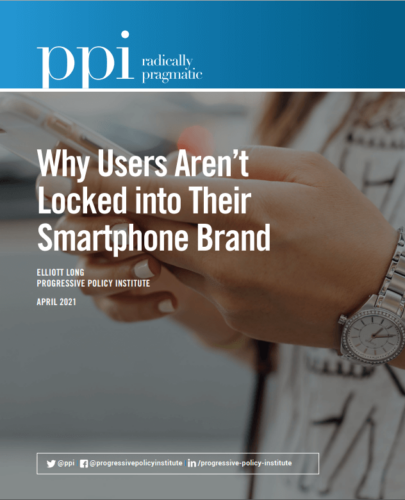Following the introduction of the first iPhone in 2007 and the iPhone 3G in 2008, Samsung introduced several touchscreen-enabled phones in 2008 and its first Android-powered device in 2009 before releasing its first modern smartphone, the Samsung Galaxy S, in 2010. In the decade since, smartphones have become ubiquitous, with smartphone ownership rising from 35 percent of U.S. adults in 2011 to 81 percent by 2019. What is possible with a smartphone has evolved too, as more apps have become available and devices have been upgraded with better processors and graphics, larger memory capacity, longer battery lives, higher-powered cameras, and now have the ability to interact with remote objects. In addition to Apple and Samsung, smartphone brands today include Huawei, Xiaomi, Oppo, Motorola, Mobicel, Sony, Nokia, HTC, Vivo, and LG.
Today, the best-selling brand in the U.S. is Apple, with 61 percent of the market as of January 2021. In Europe and globally, the best-selling brand is Samsung, with 33 percent and 29 percent of the market as of January 2021 respectively. The average price of Apple phones is $873 in the United States, while other phones sell for much less. For example, the Motorola G Power 32GB smartphone retails for $200.
An important economic question is why consumers do not switch ecosystems more often when cheaper substitutes are available. The simplest explanation is that consumers view the top-end phones as offering enough value to justify their price, including faster processors, better cameras, higher quality screens, more memory, or any one of a number of other characteristics.
The other possibility, offered up by some policymakers in the U.S. and Europe, is that consumers feel locked into their current models by a high “cost of switching.”
On the face of it, the switching cost explanation for smartphone prices looks less and less likely over time. For example, learning a new operating system is hardly a barrier to today’s smartphone customers, who have been long inured to switching between multiple operating systems and devices at work, school, and at home.
